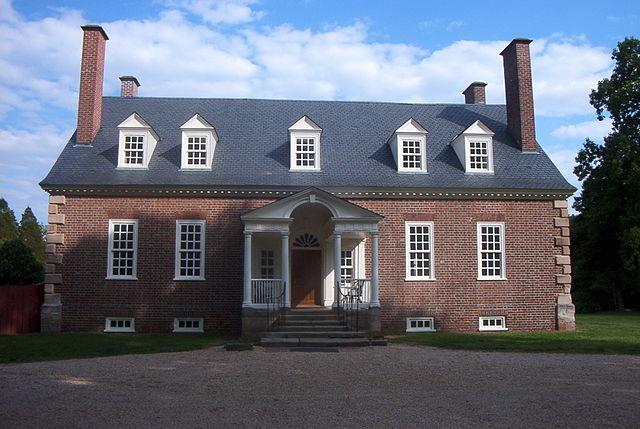The American gentry were wealthy landowning members of the American upper class in the colonial South.
Mount Vernon, Virginia, was the plantation home of George Washington.
Gunston Hall was the home of the United States Founding Father George Mason IV.
Mount Clare, one of the Carroll family residences
The house inherited by Robert E. Lee's wife Arlington estate
The planter class was a racial and socioeconomic caste which emerged in the Americas during European colonization in the early modern period. Members of the caste, most of whom were settlers of European descent, consisted of individuals who owned or were financially connected to plantations, large-scale farms devoted to the production of cash crops in high demand across Euro-American markets. These plantations were operated by the forced labour of slaves and indentured servants and typically existed in tropical climates, where the soil was fertile enough to handle the intensity of plantation agriculture. Cash crops produced on plantations owned by the planter class included tobacco, sugarcane, cotton, indigo, coffee, tea, cocoa, sisal, oil seeds, oil palms, hemp, rubber trees, and fruits. In North America, the planter class formed part of the American gentry.
A painting by Agostino Brunias depicting two members of the planter class and their slave
A painting of a sugar plantation in Surinam by Dirk Valkenburg
A social event held by slaves in Surinam
Sarah Reeve Ladson, an influential member of the South Carolina planter class.








